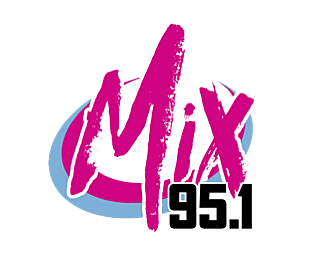
North Dakota’s Forgotten Past Of Mobsters And Rum Runners
North Dakota implemented its own prohibition in 1889, predating the federal ban that began in 1920. Upon its admission to statehood in 1889, North Dakota implemented prohibition, making it a state where the sale and consumption of alcoholic beverages were prohibited.
This meant that the state prohibited the manufacturing, dissemination, and conveyance of alcohol.

According to A Life Explored Is Never Dull, a significant number of individuals in North Dakota engaged in the illicit production and distribution of alcohol during the period of prohibition. In 1932, FBI officers accidentally discovered one of the largest illegal bootlegging operations in the United States, namely in North Dakota.
In order to halt the production and dissemination, a vast quantity of illicit alcohol, amounting to millions of gallons, was discarded.
attachment-Capone
According to historians, Al Capone had an elaborate network for smuggling booze in Minot. This network involved not just hand-dug tunnels for transporting alcohol, but also tunnels built between buildings for purposes such as heating or deliveries.
There have long been rumors circulating regarding the methods employed by Minot's rum runners and bootleggers to transport their goods without detection. After the 2011 flood, everyone acquired knowledge on how to deal with such situations.
To evade law enforcement and maintain a continuous supply of alcohol, residents of North Dakota cooperated in the illicit distribution of alcoholic beverages across the whole state. In order to notify smugglers of the approach of law enforcement, lights were intentionally illuminated in the upper levels of farmhouses located in close proximity to highways. This tactic ensured a continuous supply of alcohol while also preventing the arrest of the traffickers in the region.
The most recent nationwide data shows that the alcoholic beverages market size was valued at $1.9 trillion (with a T) in 2021. The market was projected to grow to $2.1 trillion in 2022 and all the way up to $4.1 trillion by 2029.
30 Unexpected Things You Can & Can't Buy with Idaho Food Stamps
Gallery Credit: Ryan Antoinette Valenzuela
LOOK: 19 Most Ridiculous TSA Finds
Gallery Credit: Meg Dowdy
More From Mix 95.1









